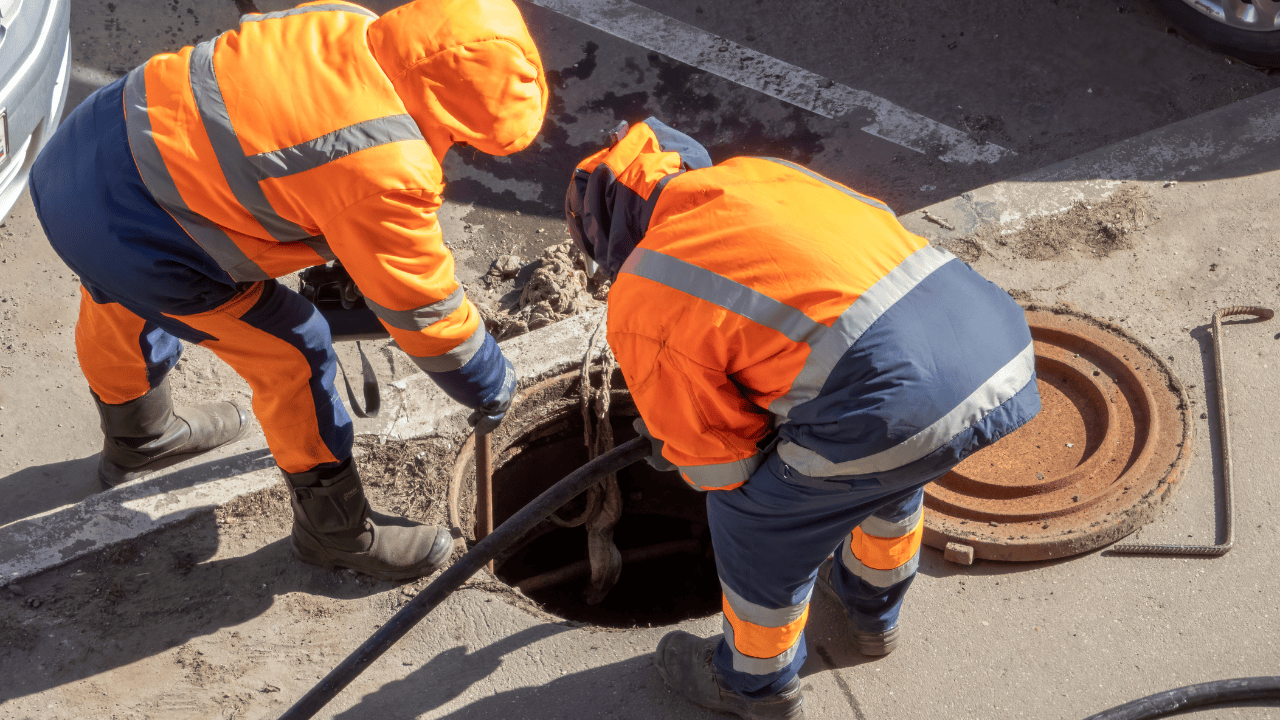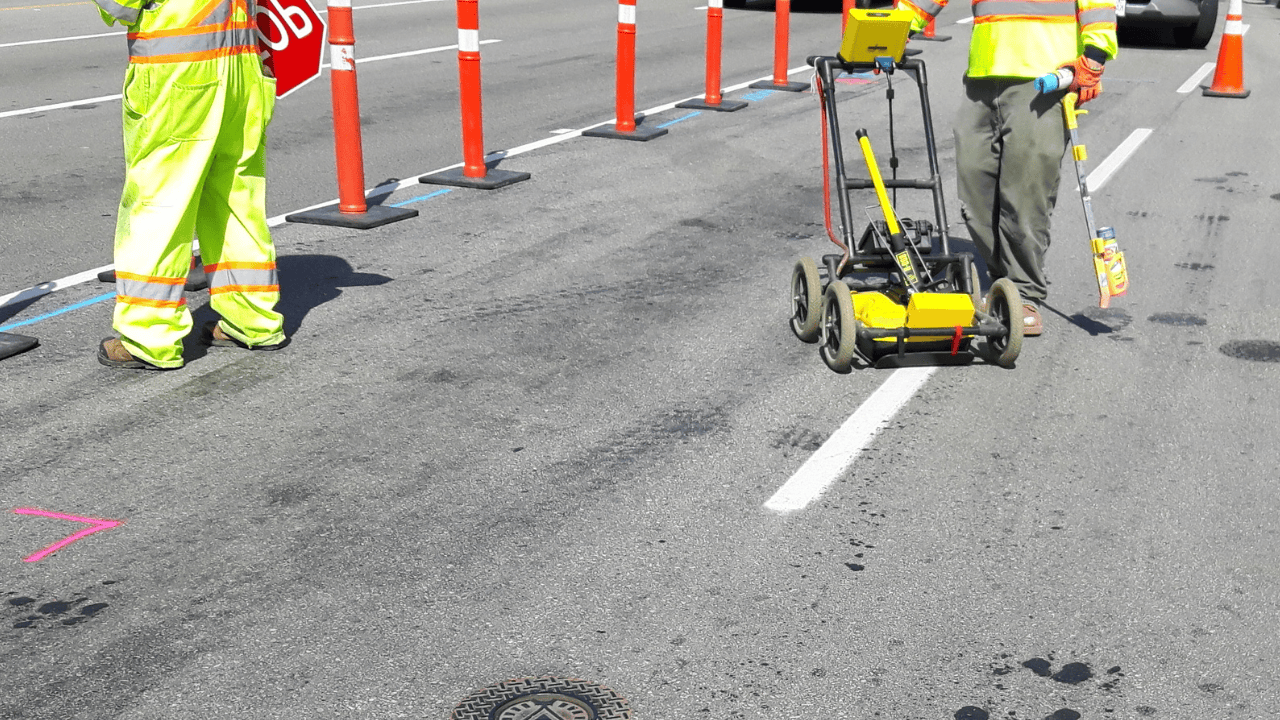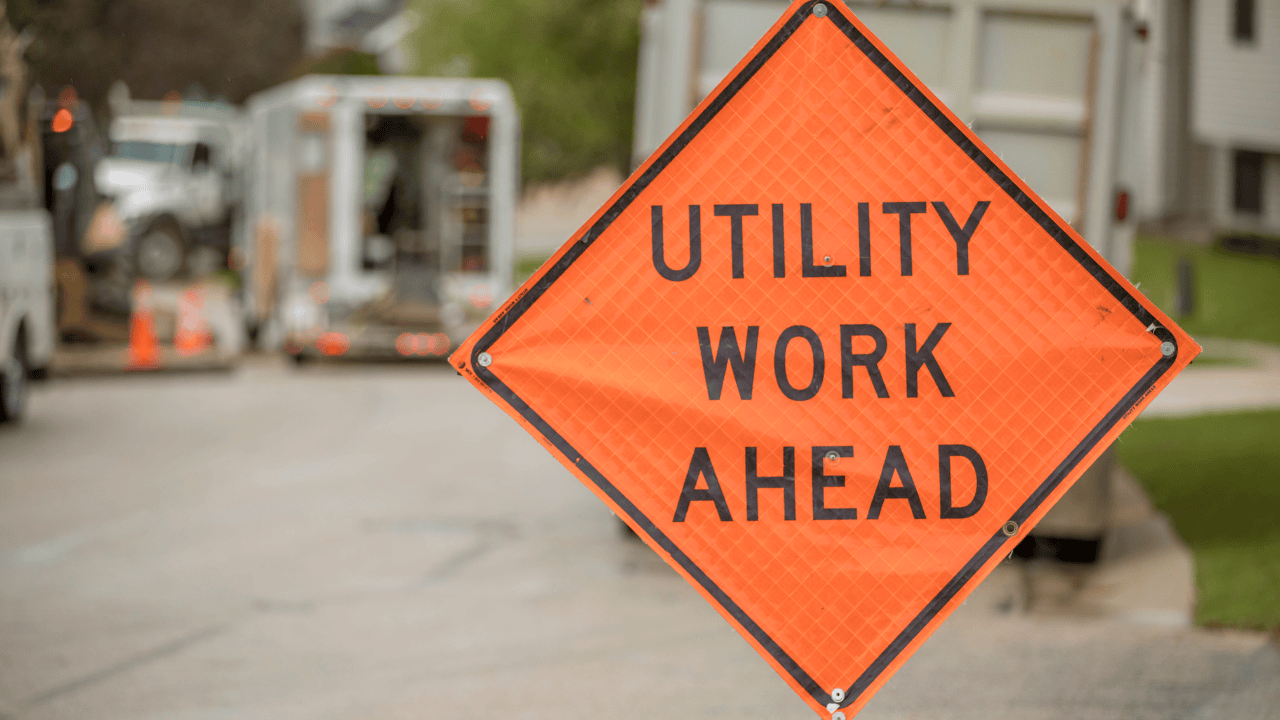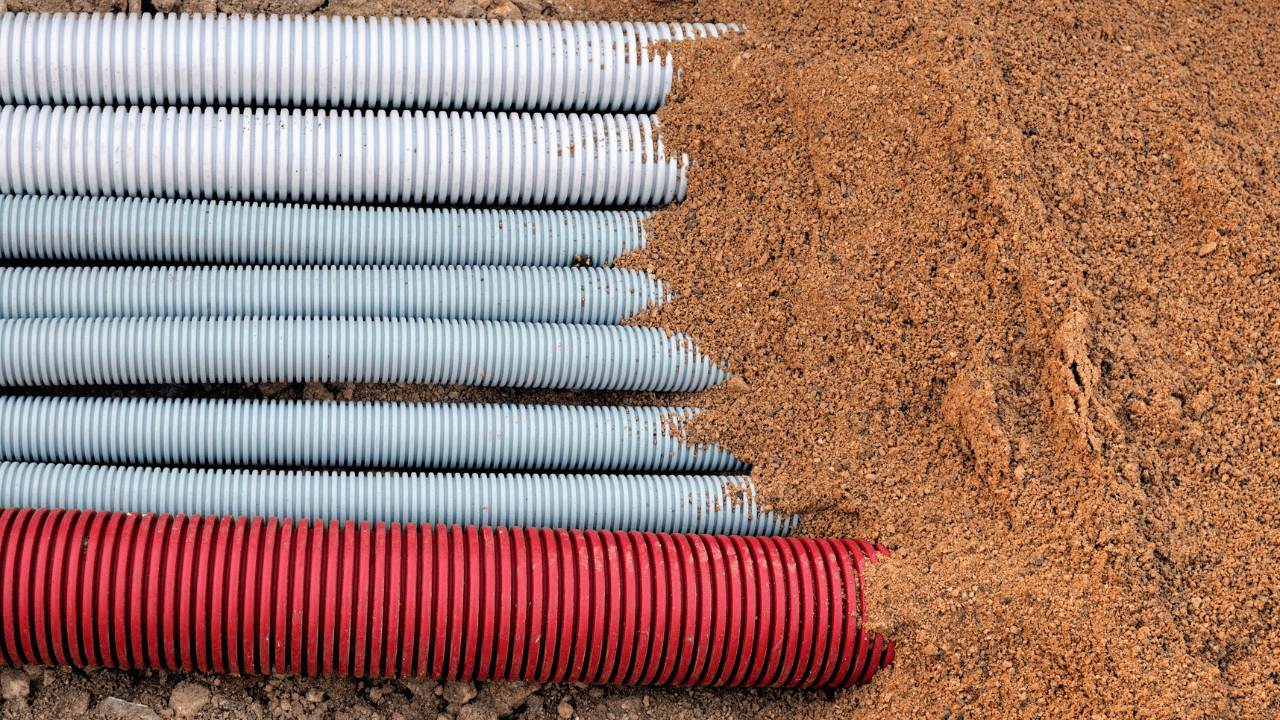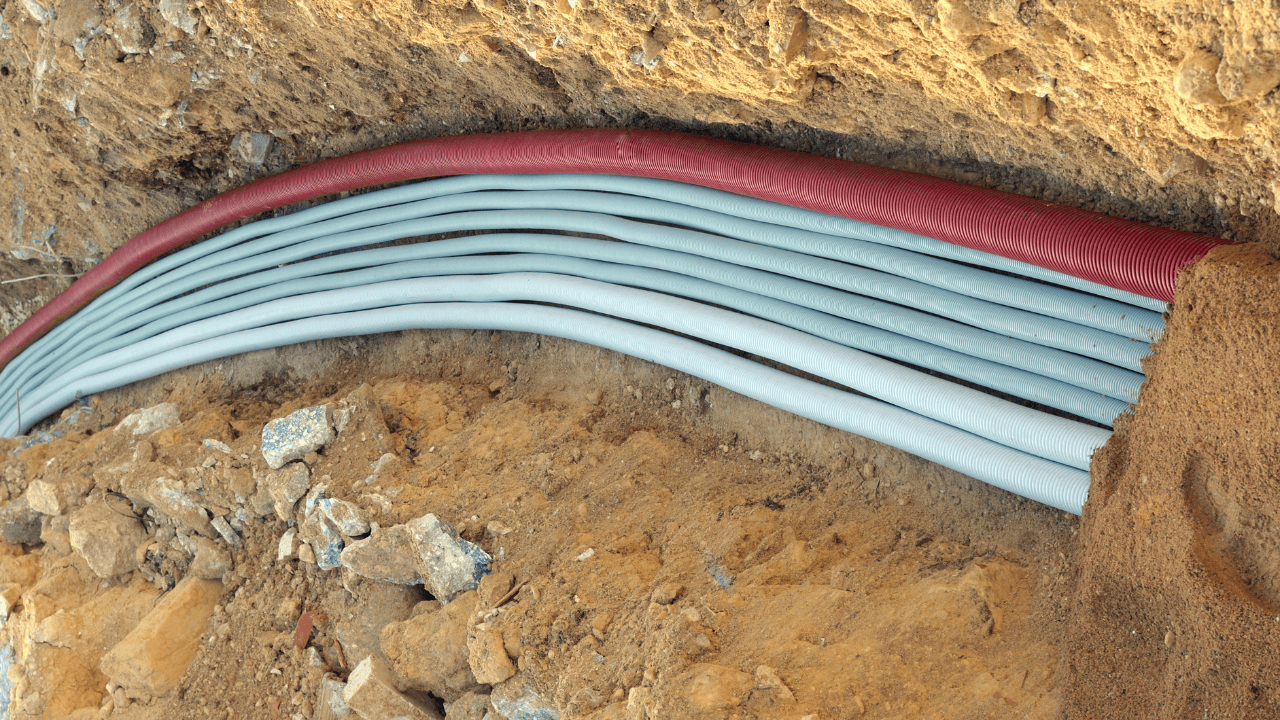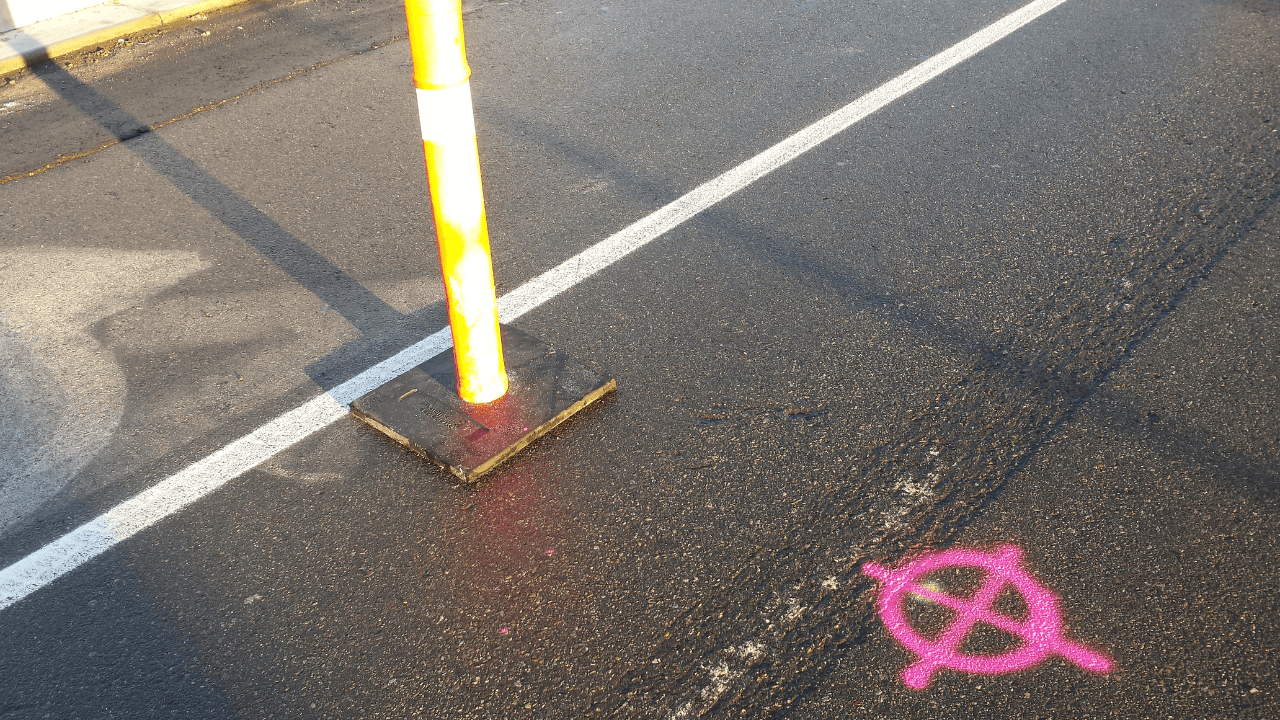Key Takeaways:
- Always call utility locating services before starting any construction project.
- Damaging underground utilities can be costly and dangerous and cause delays.
- California’s underground infrastructure is complex and requires professional locating.
- DIY locating is risky and not recommended.
- Hiring a professional underground utility locator keeps your project safe and compliant.
If you’re planning any construction work in California, one thing you cannot skip is calling a professional for underground utility locating. Many people think that digging is straightforward, but what you don’t see underground can cause serious trouble. Sewer lines, gas pipes, water mains, and electrical cables are often hidden just beneath the surface. Damaging any of these can lead to expensive repairs, delays, and even safety hazards.
So, how do you avoid these problems? By hiring utility locating services. Let’s dive into why these services are essential for any construction project and how they keep your project safe.
Why Underground Utilities Are a Hidden Danger
Most people don’t think about what’s buried underground. It’s out of sight and out of mind—until you hit something during construction. Here’s why underground utilities can be a major problem:
- Gas lines: Hitting a gas line can cause leaks, explosions, and fires.
- Water mains: Damaging a water line can flood your site and disrupt nearby homes.
- Electrical cables: Accidentally cutting an electric line can cause power outages and even electrocution.
- Sewer lines: Breaking a sewer line can lead to major environmental and health issues.
These utilities are essential for everyday life. But they’re also fragile. One wrong move with a shovel or excavator and you could cause significant damage.
What Do Utility Locating Services Do?
When you hire a professional underground utility locator, they’re not just guessing where pipes and cables are buried. They use advanced tools and techniques to find exactly where these lines run under your construction site. Here’s what happens during the utility locating process:
- Initial Site Assessment: The locator will assess the area and gather information on possible underground utilities.
- Using Advanced Tools: They use tools like ground-penetrating radar (GPR) and electromagnetic detectors to identify underground lines.
- Marking the Lines: Once they locate the utilities, they mark them with spray paint, flags, or chalk to show exactly where it’s safe to dig.
- Detailed Report: You’ll receive a report showing the location of all underground utilities so that you can plan your project safely.
Think of it as getting a map of what’s underground before you start digging. Without it, you’re basically working blind.
How Utility Locating Services Prevent Sewer Line Damage
One of the biggest risks during construction is damaging a sewer line. Sewer lines are often buried alongside other utilities, making them easy to hit if you’re not careful. Here’s how utility locating services help prevent that:
- They identify sewer lines before digging. This prevents accidental damage.
- They reduce the risk of cross-boring. Cross-boring happens when a new utility line is drilled through an existing sewer line. It’s dangerous and can cause blockages and leaks.
- They help contractors dig safely. With clear markings, construction crews know exactly where they can and cannot dig.
Preventing sewer line damage saves time, money, and a lot of headaches.
The Risks of Skipping Utility Locating Services
Some contractors think they can skip underground utility locating to save time or money. Big mistake! Here’s what can happen if you don’t use a professional underground utility locator:
- Costly Repairs: Fixing a damaged sewer line or gas pipe can cost thousands of dollars.
- Delays: Your project will be put on hold while the damage is repaired.
- Fines and Legal Issues: In California, failing to call for utility locating before digging is against the law. You could face fines and be held liable for any damages.
- Safety Hazards: Damaging utilities like gas or electrical lines can put workers and nearby residents in danger.
In the long run, skipping utility locating can cost you more than just money. It’s not worth the risk.
California’s Unique Challenges
California has its own set of challenges when it comes to underground utilities. Here’s what makes it trickier:
- Old Infrastructure: Many cities have aging utility systems that aren’t well documented.
- Frequent Earthquakes: Earthquakes can shift underground lines, making them harder to locate.
- New Developments: With constant construction, there are always new utilities being installed.
These factors make utility locating services even more critical in California. You might think you know what’s underground, but without a professional assessment, you’re taking a big gamble.
Why DIY Locating Isn’t Safe
Some people might think they can handle underground utility locating themselves. Maybe you’ve seen videos online showing how to find utilities with basic tools. But here’s why that’s a bad idea:
- No Advanced Equipment: Professional locators use tools that can detect utilities deep underground. You can’t do that with a basic metal detector.
- Risk of Missing Lines: Even if you think you’ve found the major lines, you could miss smaller, critical ones.
- Legal Requirements: In California, you must notify utility companies before digging. Skipping this step can lead to legal trouble.
It’s always safer to call the pros. They have the experience and tools to do the job right.
How to Get Started with Utility Locating in California
If you’re planning any construction work, here’s what you need to do:
- Call 811: This is the official Dig Alert service in California. You must notify them at least two days before digging.
- Hire a Private Locator: While 811 is free, they may not provide detailed results. Hiring a private underground utility locator gives you more accurate information.
- Follow the Markings: Once the utilities are marked, make sure your construction crew follows the guidelines.
Taking these steps will ensure your project runs smoothly without any costly surprises.
Why Choose Util Locate
At Util Locate, we specialize in helping contractors and businesses with utility locating services in California and Arizona. Our team uses the latest tools and technology to find hidden utilities quickly and accurately.
Here’s why you should choose us:
- Experience with California’s Unique Infrastructure
- Advanced Equipment for Accurate Results
- Detailed Reports and Markings
- Fast and Reliable Service
Don’t risk hitting a sewer line or other utility. Let us help you keep your construction project safe and on schedule. With Util Locate, you get peace of mind knowing you’re digging safely.

